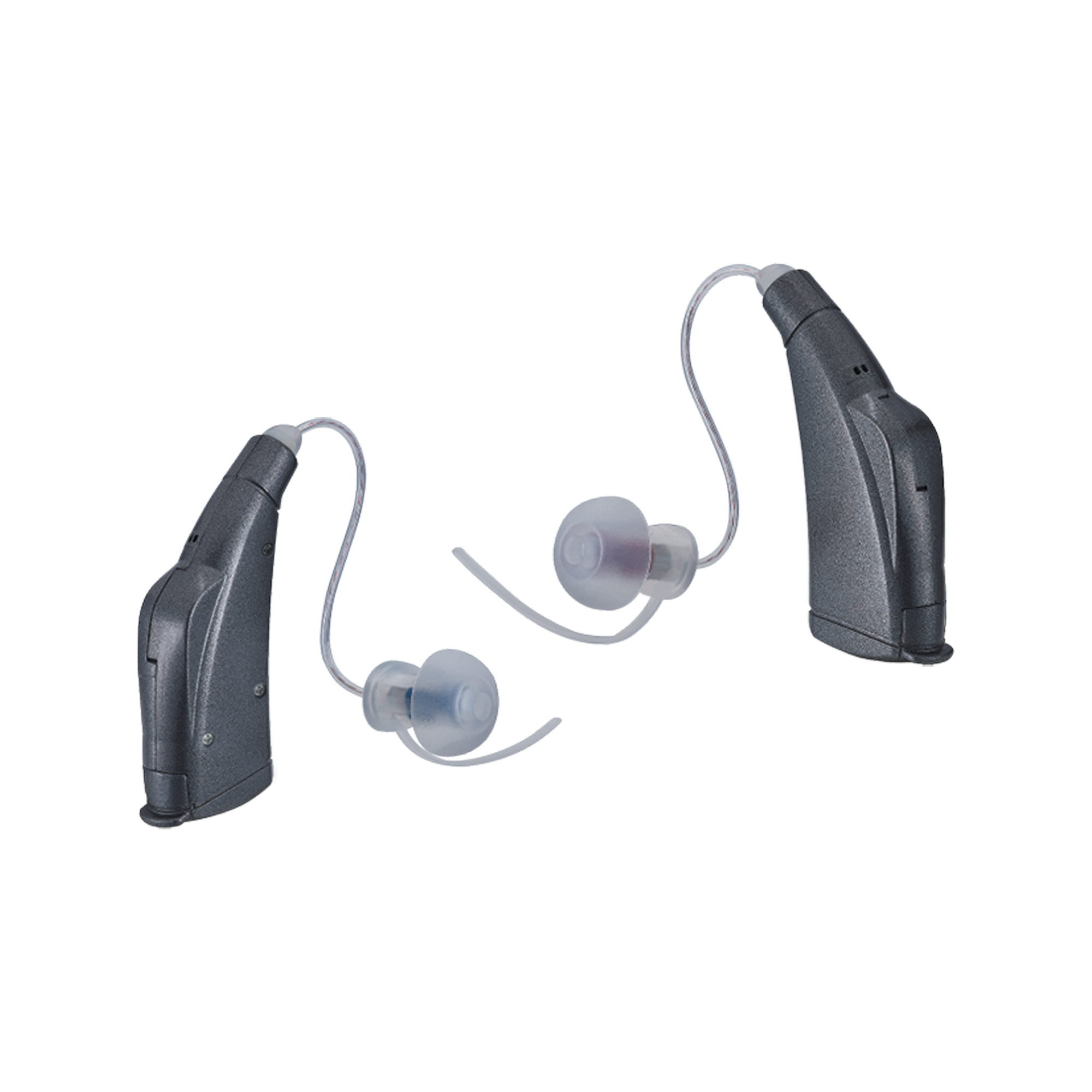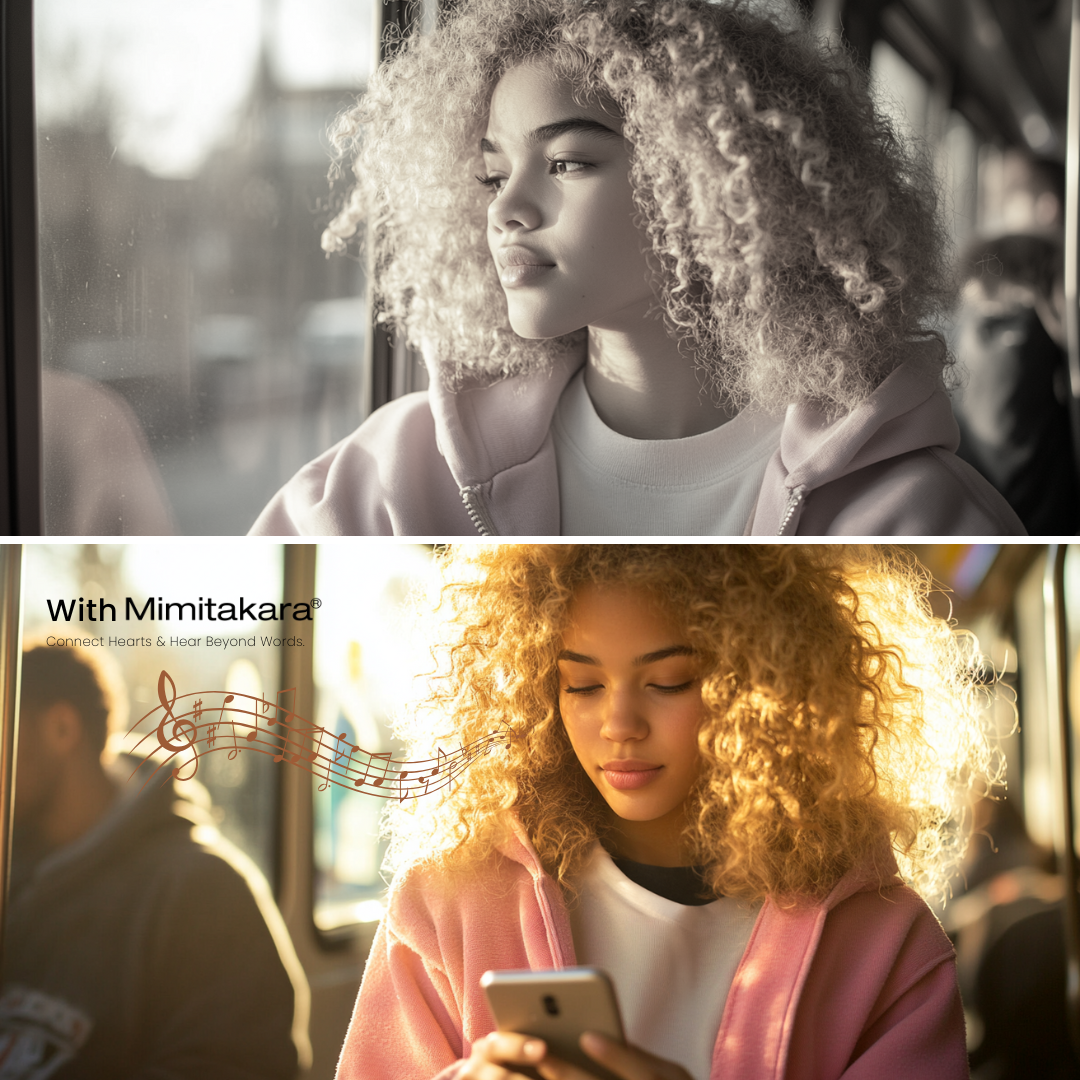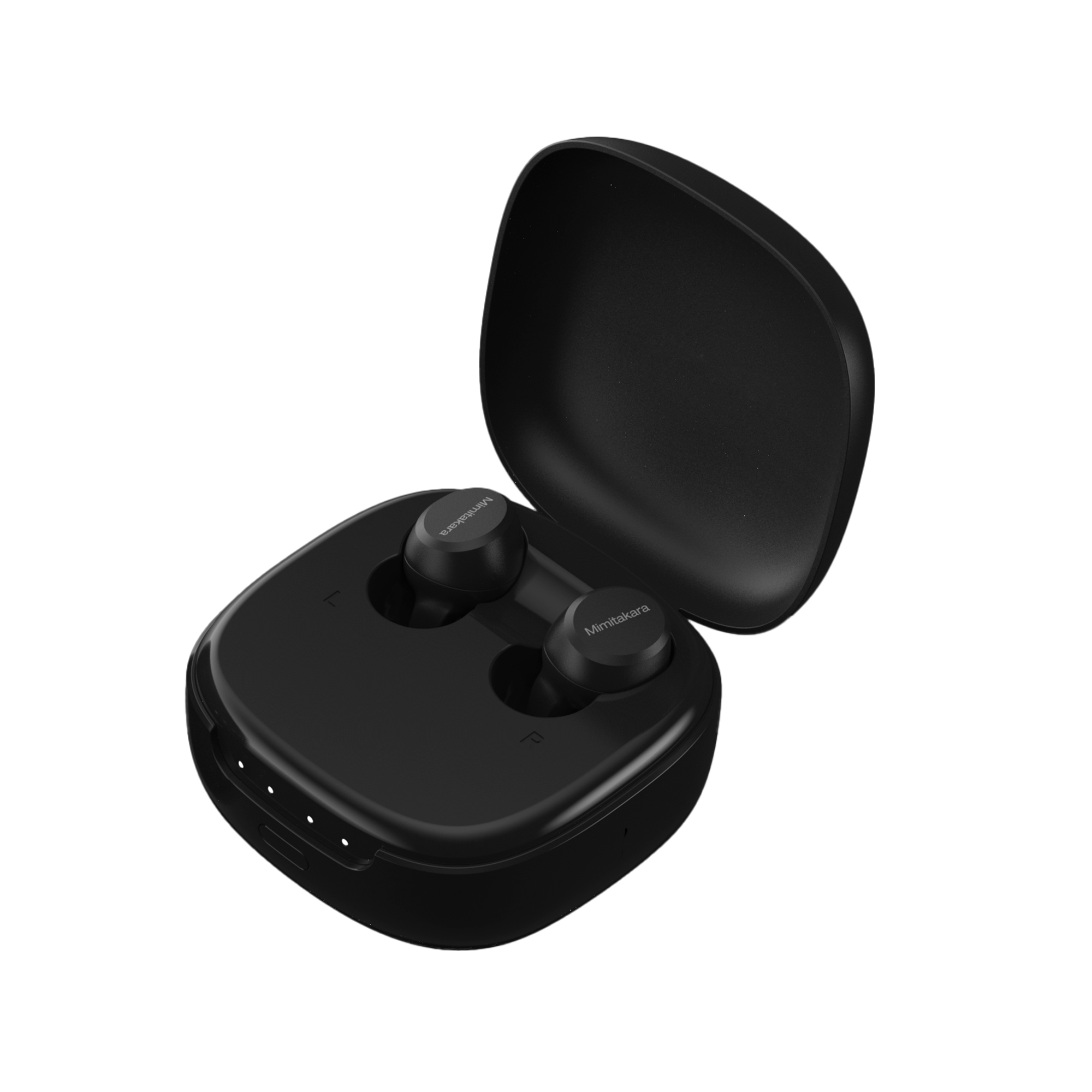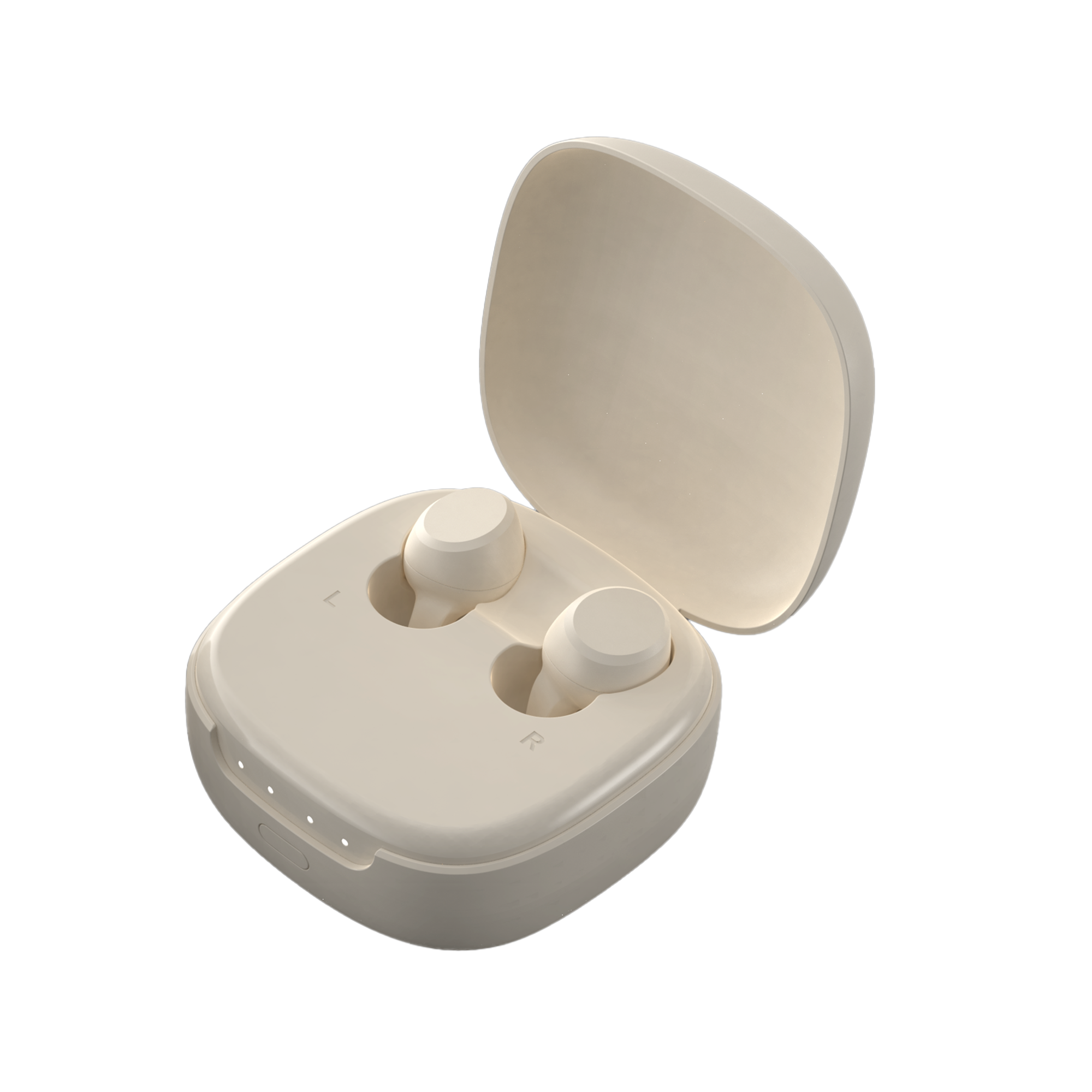When selecting a hearing aid, comfort is paramount, as it directly influences consistent use and overall satisfaction. The most comfortable hearing aid style often depends on individual preferences, ear anatomy, and the degree of hearing loss. Below, we explore various hearing aid styles to help you determine which might offer the best comfort for you.
Behind-the-Ear (BTE) Hearing Aids:
BTE hearing aids rest behind the ear and connect to an earmold or dome that fits inside the ear canal. They are versatile and suitable for various degrees of hearing loss. Modern BTE designs have become more streamlined and lightweight, enhancing comfort. Additionally, they can accommodate larger batteries for extended use and advanced features, which can be beneficial for users requiring significant amplification.
Receiver-in-Canal (RIC) or Receiver-in-the-Ear (RITE) Hearing Aids:
RIE hearing aids, also known as Receiver-in-Canal (RIC), are renowned for their comfortable fit and discreet appearance. The receiver sits inside the ear canal, connected by a thin wire to the main body resting behind the ear. This design allows for a natural sound experience and reduces the occlusion effect (the sensation of plugged ears). Their lightweight and open-fit nature make them a popular choice among users seeking comfort.
In-the-Ear (ITE) and In-the-Canal (ITC) Hearing Aids
ITE and ITC hearing aids are custom-made to fit the unique shape of your ear, providing a snug and comfortable fit. ITE devices fill the outer portion of the ear, while ITC models sit partially in the ear canal. Their custom-fit nature can offer comfort; however, they are more visible than other styles and may not be suitable for severe hearing loss.
Completely-in-Canal (CIC) and Invisible-in-Canal (IIC) Hearing Aids
CIC and IIC hearing aids fit deep within the ear canal, making them nearly invisible. While their discreetness appeals to many users, their small size can limit battery life and additional features. Moreover, due to their placement, they may be more susceptible to earwax and moisture, potentially affecting comfort and maintenance.
What Makes a Hearing Aid Comfortable?
Comfort in hearing aids is about more than just size—several factors contribute to how wearable a device feels throughout the day. Here’s what to consider when evaluating comfort:
- Ear Anatomy: Everyone’s ears are different. The shape, size, and depth of your ear canal can greatly affect how a hearing aid fits. Custom-molded devices, such as in-the-canal (ITC) or in-the-ear (ITE) models, can be tailored for a snug, secure fit that minimizes pressure or irritation.
- Hearing Loss Severity: The degree of your hearing loss plays a role in comfort too. For example, people with profound hearing loss often require behind-the-ear (BTE) devices, which can feel bulkier. Lighter, low-profile options like receiver-in-canal (RIC) models are better suited for mild to moderate hearing loss and often offer improved comfort.
- Lifestyle Needs: If you lead an active lifestyle, you’ll want a hearing aid that stays securely in place. Styles with over-the-ear hooks or snug canal fits are ideal for preventing movement during workouts, hikes, or daily commutes.
- Material Sensitivities: Some people may experience skin irritation from standard plastics or silicone. If you have sensitive skin or allergies, look for hearing aids made with hypoallergenic materials to prevent itching or discomfort.
- Ventilation & Fit: Open-fit models allow better airflow into the ear canal, reducing the “plugged-up” feeling some users experience. A properly fitted hearing aid should feel barely noticeable after a few minutes of wear.
- Sound Processing & Noise Management: Comfort isn’t just physical—it’s also about how the hearing aid sounds. Devices with advanced noise reduction, feedback cancellation, and adaptive volume control reduce listening fatigue, making them more enjoyable to wear long-term.
Compare Comfort by Hearing Aid Type
Different types of hearing aids offer different comfort levels depending on ear shape, hearing loss severity, and lifestyle.

Tips for Enhancing Comfort
- Professional Fitting: Consulting with a hearing care professional ensures that the hearing aid is properly fitted and adjusted to your specific needs, significantly enhancing comfort.
- Trial Periods: Utilize trial periods to assess comfort in daily activities, allowing for adjustments or changes in style if necessary.
- Regular Maintenance: Keeping the devices clean and in good working condition prevents discomfort caused by earwax buildup or malfunctioning parts.
Ultimately, the most comfortable hearing aid is one that aligns with your hearing needs, lifestyle, and personal preferences. Engaging with a hearing care professional can guide you toward the best choice, ensuring both comfort and optimal hearing performance.
FAQ
Q: What’s the best hearing aid for small ears?
A: Receiver-in-canal (RIC) or completely-in-canal (CIC) hearing aids are often best for small ear canals, offering both comfort and discretion.
Q: Are rechargeable hearing aids more comfortable?
A: Yes. Rechargeable models remove the hassle of battery changes, which can improve the overall experience—especially for users with limited dexterity.
Q: How do I know if my hearing aid fits correctly?
A: It should sit securely without causing pressure or pain, and you should forget it’s there after a few minutes. Redness, soreness, or whistling noises are signs of poor fit.




















